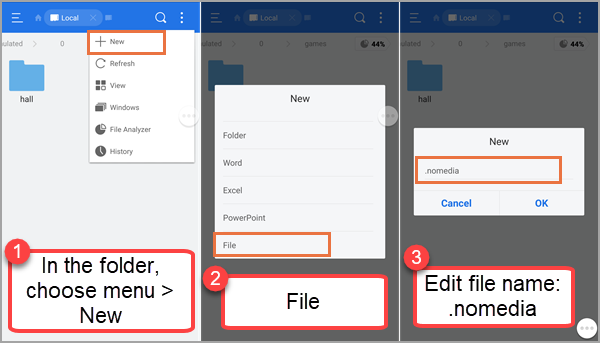
The Xamarin.Android app determines the path to the file that will be manipulated, then uses standard. Reading and writing to files is almost identical in Xamarin.Android as it is to any other. NET APIs, but are specific to Android and are not suitable for apps that are intended to be cross-platform. These are a completely acceptable alternative to the.
The native Java file access APIs (provided by Java and wrapped by Xamarin.Android) – Java provides its own APIs for reading and writing files. NET APIs provide the best cross-platform compatibility and as such the focus of this guide will be on these APIs. NET APIs (provided by Mono and wrapped by Xamarin.Android) – These includes the file system helpers provided by Xamarin.Essentials. There are two sets of APIs that a Xamarin.Android application may use for file access: Regardless of the partition the APIs for reading, writing, or creating files is the same. It is possible that certain devices may have multiple partitions that are considered to be external storage. 
An Android device will always provide partition for internal storage and external storage. These groupings are conceptual only, and don't necessarily refer to a single partition or directory on the device. On some devices, external storage may be removable (such as an SD card).
 External Storage – this is a partition for the storage of files that is accessible by all apps, the user, and possibly other devices. Internal Storage – this is a portion of the file system that can be accessed only by the application or the operating system. Android groups the filesystem into two different types of storage: Android (which is based on Linux) supports this by providing space for file storage.
External Storage – this is a partition for the storage of files that is accessible by all apps, the user, and possibly other devices. Internal Storage – this is a portion of the file system that can be accessed only by the application or the operating system. Android groups the filesystem into two different types of storage: Android (which is based on Linux) supports this by providing space for file storage. TEKKEN TAG TOURNAMENT 2 COMBO FOR ANDROID
A common requirement for Android apps is to manipulate files – saving pictures, downloading documents, or exporting data to share with other programs.






 0 kommentar(er)
0 kommentar(er)
